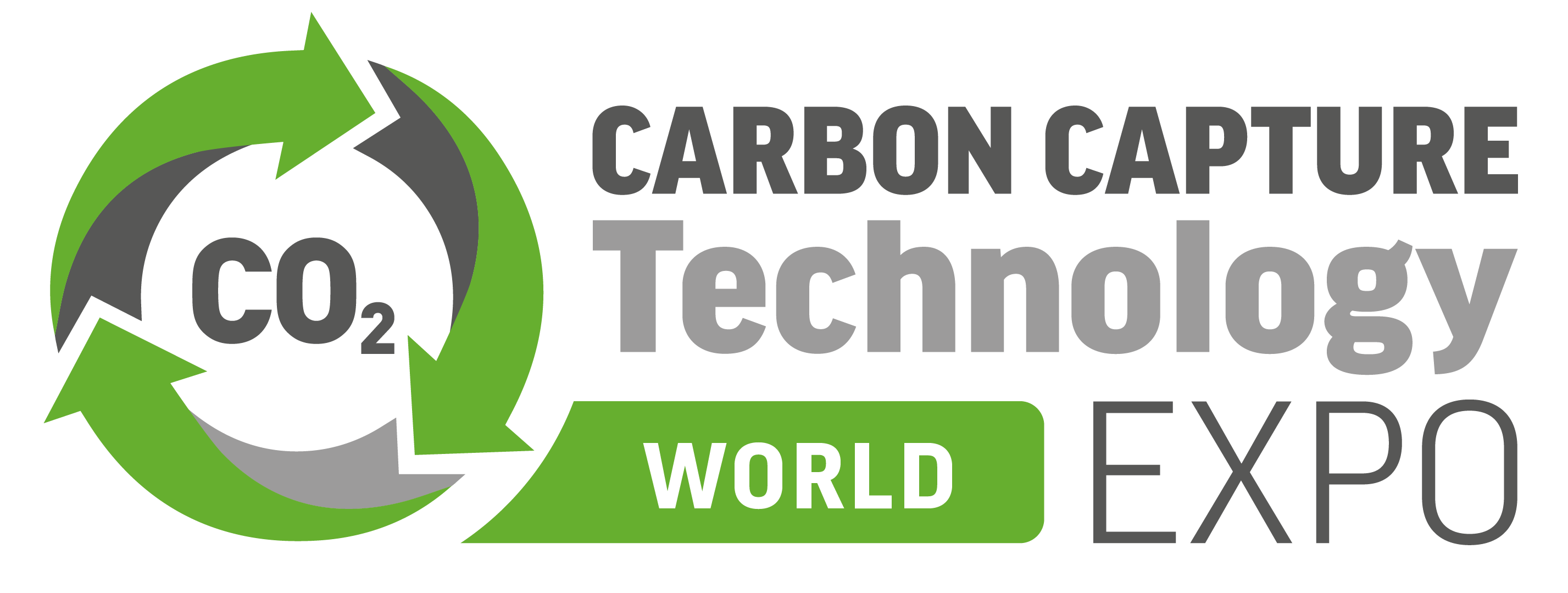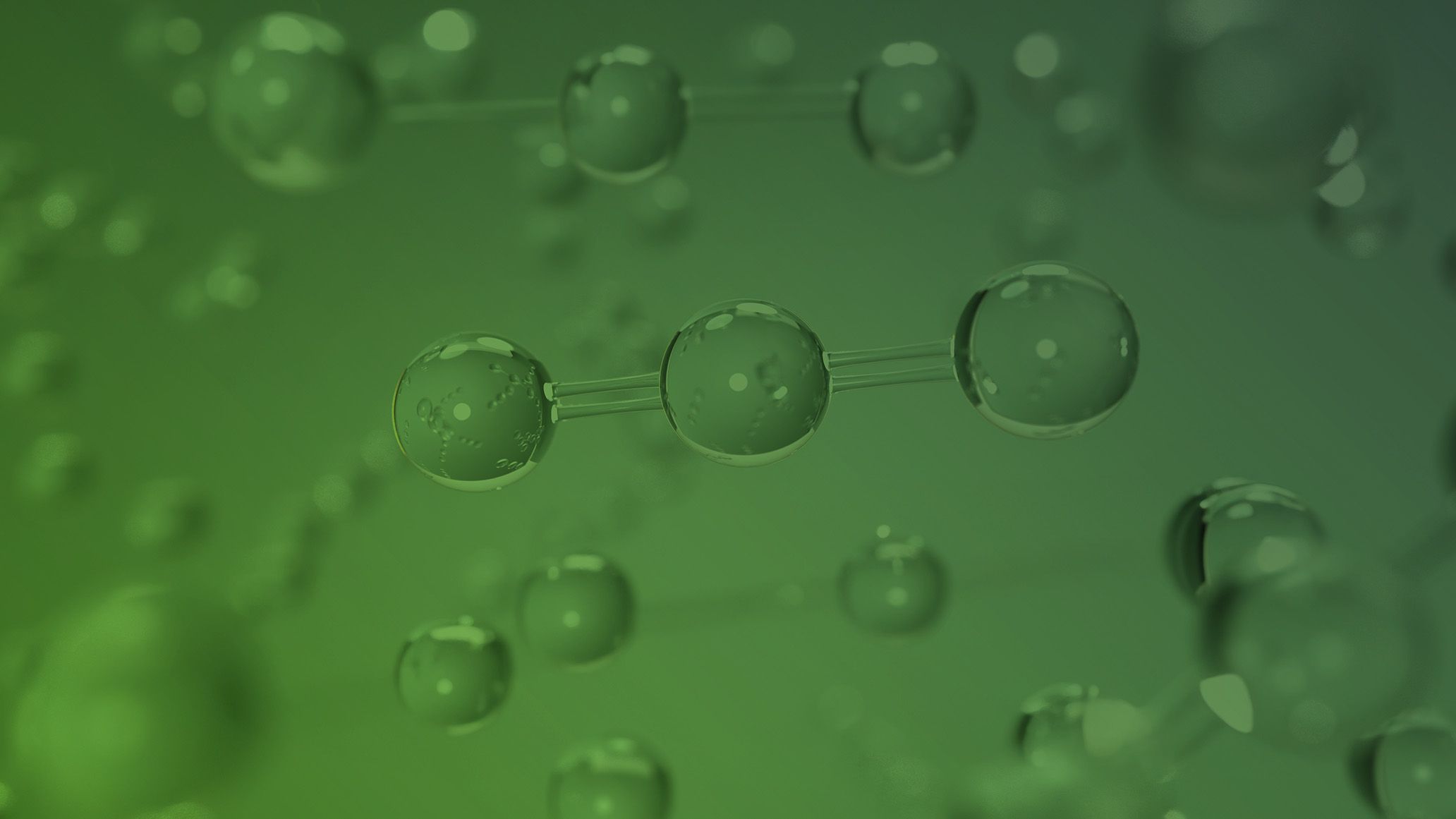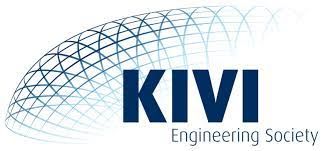Carbon dioxide has been converted into usable fuel through a novel reactor system
)
It was recently announced that Japan and Poland have developed a method for converting CO2 emissions from smaller boilers into methane. This means that the amount of greenhouse gas emissions are reduced and the optimised reactor design, which is able to evenly distribute the CO2 feed, can be used efficiently.
As boilers are used within industries so frequently, for processes such as heating, steam generation and power production, they quickly become a large contributor to greenhouse gas emissions. Therefore, finding a way to reduce carbon emissions from boilers, is an important step towards building a more sustainable and carbon-neutral future. However, because boilers are already very efficient, simply improving the combustion efficiency will not have much beneficial effect. Therefore, researchers have agreed to look into alternative approaches that would help boilers to become better for the environment and reduce their CO2 emissions. So far, the technique that has shown the most promise is to capture the carbon dioxide which is emitted from these systems and then convert it into a useful product, for instance, methane.
In order to make this possible, it has been made clear that a specific type of membrane reactor is necessary. The membrane reactor is called the distributor-type membrane reactor (DMR) and the purpose of this is for it to make chemical reactions possible, whilst simultaneously being able to separate gases. One of the reasons why there is sudden interest in DMRs, is because so far, there is very little research around the effect of these systems. Therefore, throughout this project, a group of researchers from Japan and Poland, led by Professor Mikihiro Nomura from Shibaura Institute of Technology in Japan and Prof. Grzegorz Brus from AGH University of Science and Technology in Poland, started to research into the use of DMRs. Their focus landed on what kind of effect these systems could have on converting CO2 into methane, particularly in small-scale systems like boilers.
To conduct this study, the team of researchers started a ‘two-pronged’ approach which focused on finding a solution through the use of numerical simulations and experimental studies. Throughout this simulation the team chose to look into how gases flow and react under different conditions and this led them to the ability to minimize the temperature variations, which allowed them to find a way to ensure that energy consumption is optimised while methane production can remain dependable. On top of this, the researchers also explored the impact of the reactor size and in doing this, they discovered that increasing the size of the reactor facilitated the availability of hydrogen for the reaction. The only downside to this, is that the team had to balance the careful tradeoff between the benefit of higher hydrogen availability, which required careful temperature management to avoid overheating.
So far, the work that has been done on this study has shown that the use of this DMR system, could be a promising solution to the problem of tackling a major source of greenhouse gas emissions. This system has been portrayed as a successful and excellent solution to the issues that come with boilers and it can be said that this system is able to convert CO2 emissions into usable methane fuel. Therefore, it is clear that this method works well and is a versatile solution, which is an excellent tool for efficient CO2 utilisation, within industries and households.
Prof. Nomura, commented, "This DMR design helped us reduce temperature increments by about 300 degrees compared to the traditional packed bed reactor.” Nomura continued, “When the CO2 concentration was around 15%, similar to what comes out of the boilers, the reactor was much better at producing methane. In fact, it could produce about 1.5 times more methane compared to a regular reactor that only had pure CO2 to work with.”




)
)
)
)
)
)
)
)
)
)
)
)
)
)
)
)
)
)
)
)
)
)
)
)
)
)
)
)
)
)
)
)
)
)
)
)
)
)
)
)
)
)
)
)
)
)
)
)
)
)
)
)
)

)
)

)
)
)
)
)
)
)
)
)
)


)
)
)
)
)
)

)
)

)
)
)
)
)
)
)
)

)
)
)

)
)
)
)
)
)
)
)
)


)
)
)

